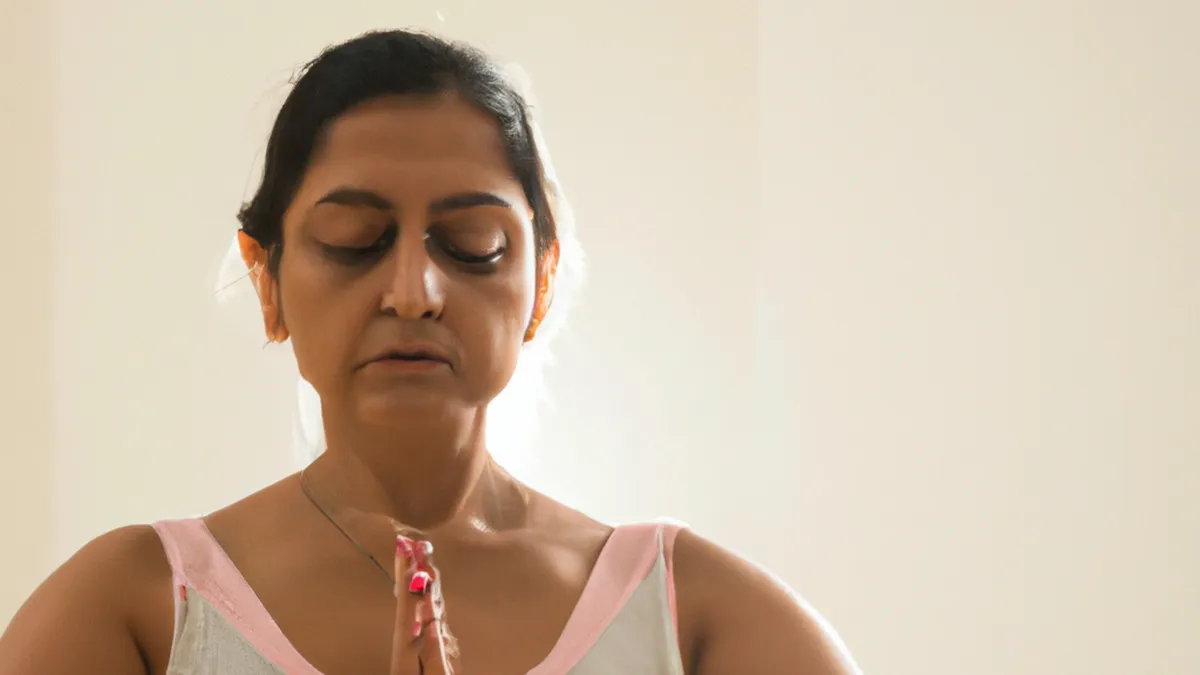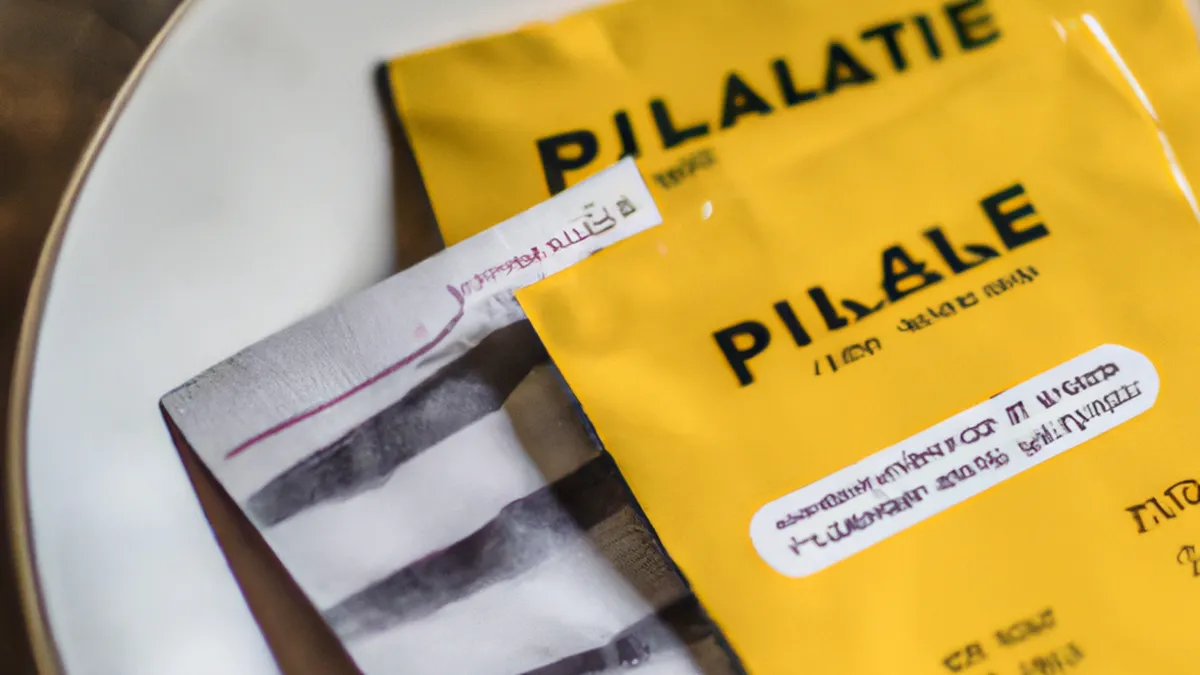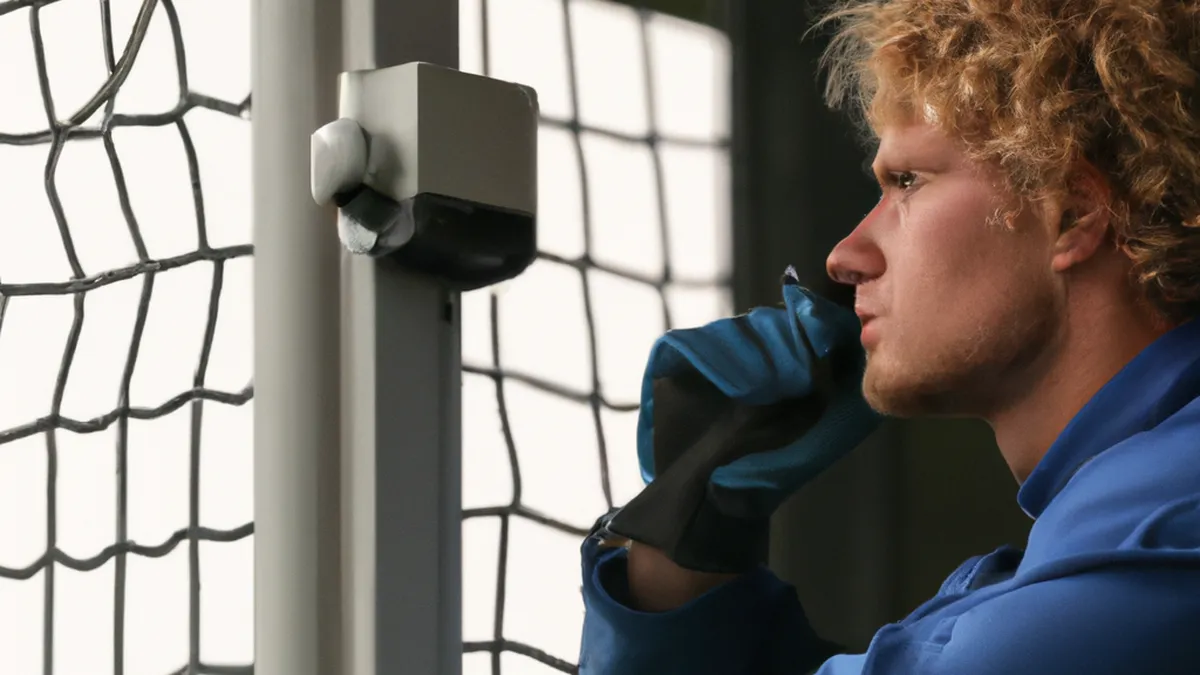Journey to Inner Peace with Breath Control
The Importance of Breath: Pranayama Techniques
As an Amazon Associate I earn from qualifying purchases.
Gear tip: consider foam roller, lacrosse ball and massage gun to support this workout.
Breath fuels every cell in our body and energizes us. Many people breathe without awareness, leading to stress and anxiety. Practicing pranayama helps us reconnect with ourselves. This ancient technique emphasizes breath control and promotes overall well-being. In this post, we will explore pranayama techniques and how to incorporate them into daily life.
Understanding Pranayama
Pranayama comes from two Sanskrit words: “prana,” meaning life force, and “ayama,” meaning control. This practice involves specific breathing patterns that regulate the body and mind.
Practicing pranayama clears emotional blockages and enhances lung capacity. When we control our breath, we foster a sense of peace and tranquility. Pranayama bridges the mind and body, helping us navigate emotions and thoughts easily.
Essential Pranayama Techniques
Explore these three essential pranayama techniques, each offering distinct benefits.
1. Ujjayi Breath
Ujjayi, or “Victorious Breath,” calms and energizes, suitable for meditation and physical practice. Sit comfortably in a quiet space. Close your eyes and inhale deeply through your nose. Constrict your throat slightly to create a gentle sound, like ocean waves. Exhale through your nose while maintaining the throat constriction. Repeat this for five minutes, focusing on your breath’s sound. You will feel calm, reduce anxiety, and increase mental clarity.
2. Nadi Shodhana
Nadi Shodhana, or “Alternate Nostril Breathing,” balances the mind and body, promoting calmness and clarity. Sit comfortably with a straight spine. Use your right thumb to close your right nostril. Inhale deeply through your left nostril, filling your lungs. Close your left nostril with your ring finger and open your right nostril. Exhale slowly through the right nostril. Inhale through the right nostril, close it, and exhale through the left. Continue this pattern for five rounds. Nadi Shodhana clears energy pathways and promotes relaxation, making it excellent for stress relief.
3. Kapalabhati
Kapalabhati, or “Skull Shining Breath,” energizes and detoxifies the body. Sit comfortably with a straight back. Take a deep breath in through your nose. Exhale forcefully through your nose while contracting your abdomen. Allow the inhalation to happen naturally. Repeat this for 30 seconds, then take a deep breath and relax. Kapalabhati invigorates your mind and body.
Conclusion
Practicing pranayama techniques enhances your emotional and physical well-being. Incorporate these techniques into your daily routine for a more balanced life.
Below are related products based on this post:
FAQ
What is pranayama and how does it benefit us?
Pranayama is an ancient practice that involves breath control, derived from the Sanskrit words “prana” (life force) and “ayama” (control). It helps clear emotional blockages, enhances lung capacity, and fosters peace and tranquility, ultimately promoting overall well-being.
What are some essential pranayama techniques I can practice?
Three essential pranayama techniques include Ujjayi Breath, which calms and energizes; Nadi Shodhana, which balances the mind and body; and Kapalabhati, which energizes and detoxifies. Each technique offers distinct benefits and can be easily incorporated into your daily routine.
How can I incorporate pranayama into my daily life?
You can incorporate pranayama by dedicating a few minutes each day to practice these techniques in a quiet space. Start with simple methods like Ujjayi or Nadi Shodhana for five rounds, gradually increasing the duration as you become more comfortable and experienced.















Post Comment